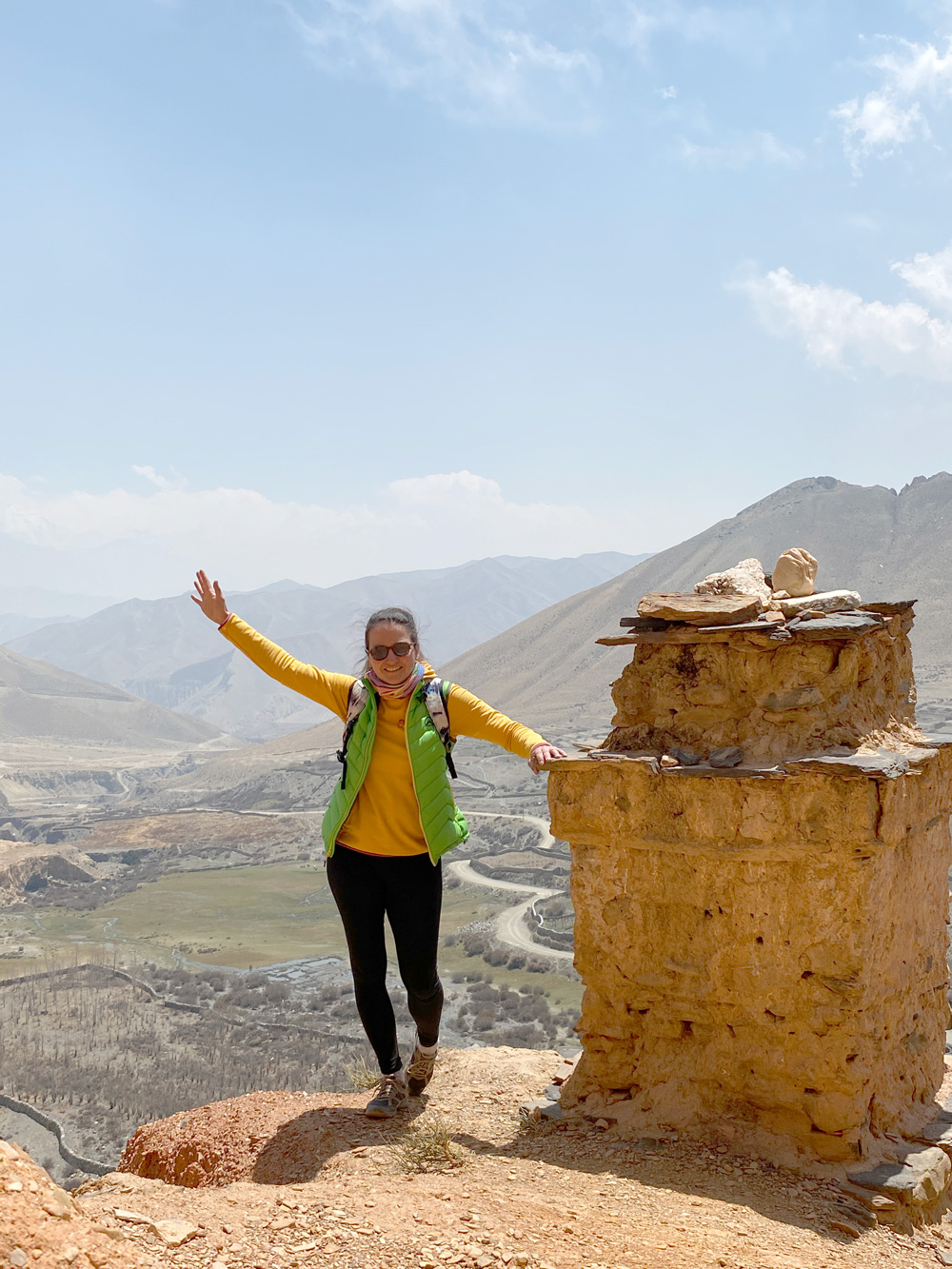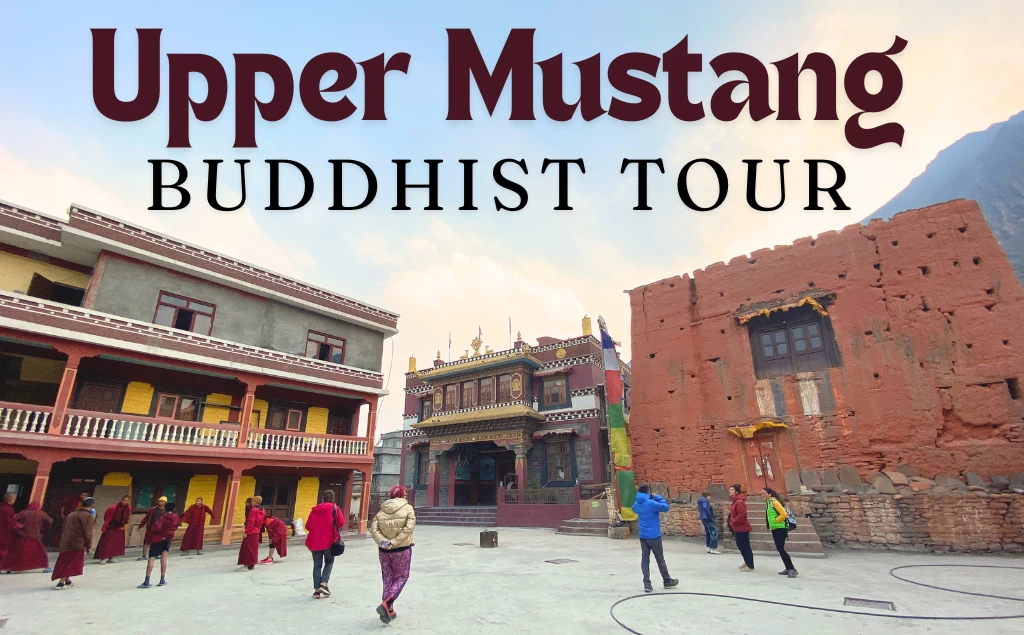Mustang is also known as the 'Last Forbidden Kingdom'. It is one of the remote and iconic areas of Nepal. This place is divided into two different parts i.e. Lower and Upper Mustang.
The region was opened to explore for foreign nationals only in 1992 AD. Lo Manthang is the capital of Mustang.
About the Upper Mustang Buddhist Tour
Upper Mustang Buddhist Tour helps to explore the undisturbed Tibetan Buddhist culture, with ancient monasteries, traditional villages, and sky caves located on the edge of high cliffs. In addition, Upper Mustang is located north of Annapurna and at an average altitude of 4,000m / 13,123ft. The region is in the Annapurna Conservation Area and is geologically and culturally part of the Tibetan plateau.

This Buddhist tour will take you through the number of ancient monasteries built from the 8th century to till date. The trip will help to explore the knowledge of Tibetan Vajrayana Buddhism. Throughout the journey, you will explore several stories and the history of Mustang. This visit will help to engage with the locals and understand their lifestyle, their culture, festivals, foods, and traditions.
Moreover, Vajrayana Buddhism, the form of Buddhism practiced in Tibet, provides a great variety of special practices, meditations, and rituals to accomplish the goals of pursuing kindness and finally enlightening all living beings.
The major stories and glimpses you will find in the region are especially of Padmasambhava and Guru Rinpoche. It is believed that when the world was having a crisis with Buddhism, they peacefully meditated in the hidden Upper Mustang.
This excursion is one of the best trips at reasonable costs for travelers who want to know and learn about Tibetan Buddhism.
Permits Required for Upper Mustang
Annapurna Conservation Area Permit (ACAP):
Entering into the ACAP is priced at $30 per person. The permit grants a single entry and remains valid for the entire tour.Restricted Area Permit (RAP):
Reaching the Upper Mustang is priced at $500 per person for 10 days with an additional $50 per day for extended stays.
Best season for the Upper Mustang Buddhist Tour

Spring is the best time for this religious tour. During May in the spring, Upper Mustang celebrates its biggest festivals (Tiji). The festival is celebrated for 3 days on the premises of the former king of Mustang’s palace. Locals from far and wide visit Lo Manthang to participate in the festival. This will allow us to understand the Tibetan Buddhist culture and engage with locals simultaneously.
Autumn is another best time to travel to Upper Mustang however, the days are windy and nights are cold. The tour can be operated in Monsoon but is a relatively quiet and wet experience with limited views. In winter, Upper Mustang receives heavy snowfall which results in cold and inferior vision.
Book Upper Mustang Buddhist Tour
If you are looking to book this tour, you can simply click here or contact [email protected]. To get in touch with experts on WhatsApp Ramkrishna (+977-9851083619 | Call or WhatsApp) or Naresh (+977-9869489596 | Call or WhatsApp).






